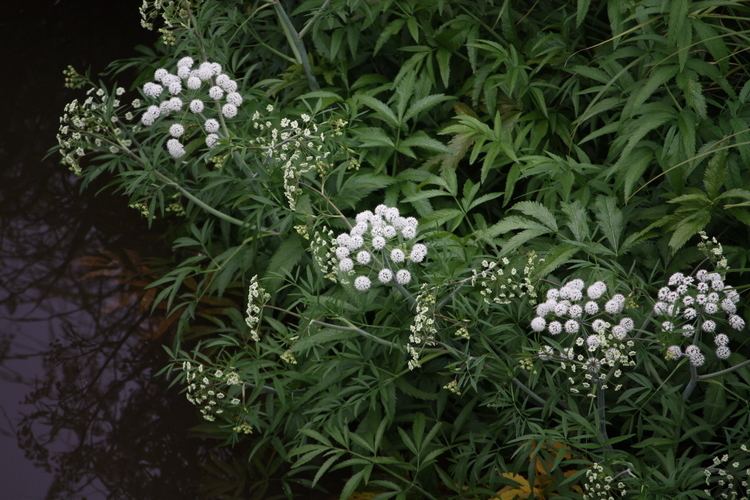Rank Species | Higher classification Cicuta | |
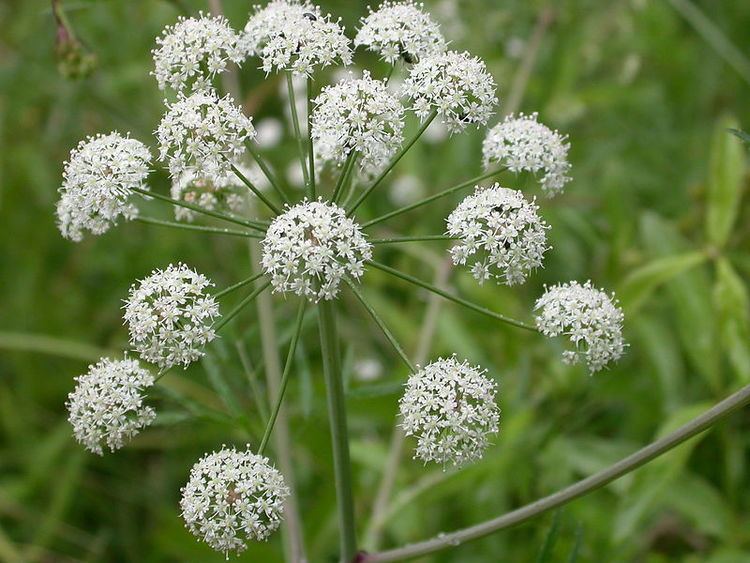 | ||
Similar Cicuta, Hemlock, Poison hemlock, Aethusa cynapium, Umbelifers | ||
Cicuta virosa (cowbane or northern water hemlock) is a species of Cicuta, native to northern and central Europe, northern Asia and northwestern North America. It is a perennial herbaceous plant which grows up to 1–2 m tall. The stems are smooth, branching, swollen at the base, purple-striped, and hollow except for partitions at the junction of the leaves and stem. In cross section the stems have one flat side and the other sides are rounded. The leaves are alternate, tripinnate, only coarsely toothed, unlike the ferny, lacy leaves found in many other members of the family Apiaceae. The flowers are small, white and clustered in umbrella shaped inflorescences typical of the family. The many flowered umbellets have unequal pedicels that range from 5 to 11 cm long during fruiting. An oily, yellow liquid oozes from cuts to the stems and roots. This liquid has a rank smell resembling that of parsnips or carrots. The plant may be mistaken for parsnip due to its clusters of white tuberous roots.
Contents
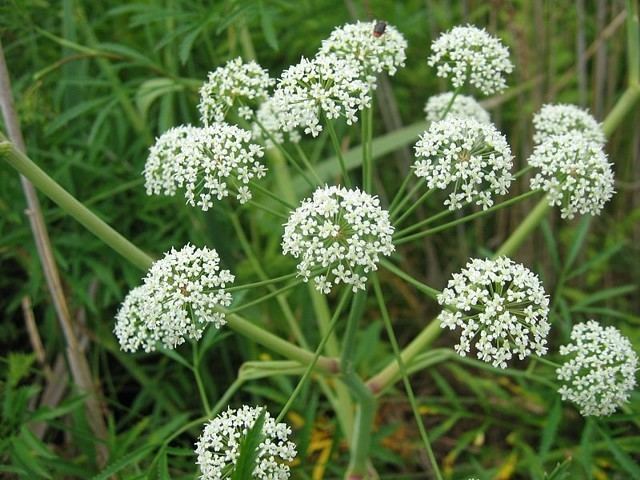
It grows in wet meadows, along streambanks and other wet and marshy areas.
Cowbane cicuta virosa northern water hemlock 2012 06 20
History

There has been some dispute whether it was a hemlock of the genus Cicuta or the genus Conium which was used in ancient Greece as state poison. This poison was administered as a method of capital punishment and certainly the Greek philosopher Socrates drank a cup of some kind of hemlock infusion at his execution in 399 BC. Cicuta virosa is however primarily a northern European species, rare or absent from the Mediterranean region, making its use in Greece unlikely. See Poison hemlock for more information.
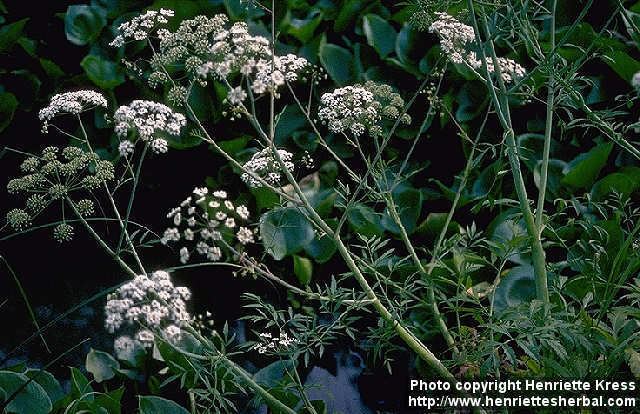
The typical dose, however, was not always immediately fatal. Sometimes it was necessary to administer a second cup of the poison.
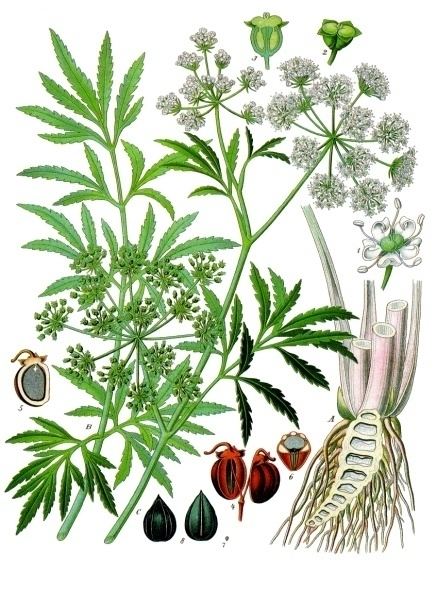
Considering the toxicity of Water Hemlock, this may be a case of misidentification.
In the past, this plant has had a number of colorful names including Beaver-poison, Children's-bane, Snakeweed and Musquash-poison.
Toxicity
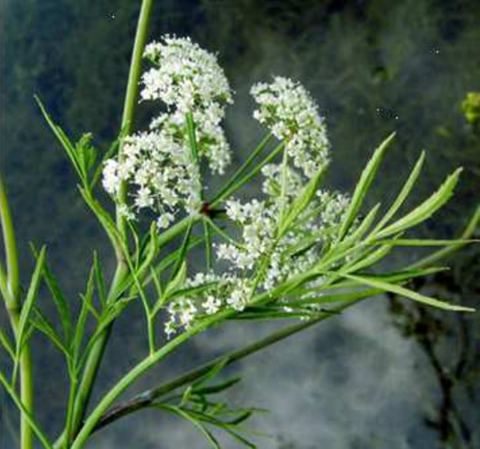
The plant contains cicutoxin, which disrupts the workings of the central nervous system. In humans, cicutoxin rapidly produces symptoms of nausea, emesis and abdominal pain, typically within 60 minutes of ingestion. Poisoning can lead to tremors and seizures. A single bite of the root (which has the highest concentration of cicutoxin) can be sufficient to cause death. In animals the toxic dose and the lethal dose are nearly the same. One gram of water hemlock per kilogram of weight will kill a sheep and 230 grams is sufficient to kill a horse. Due to the rapid onset of symptoms, treatment is usually unsuccessful.
